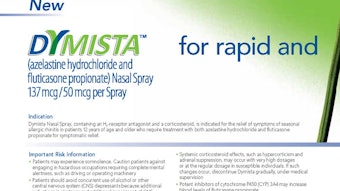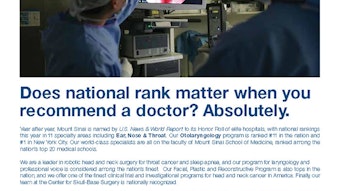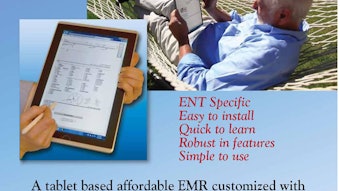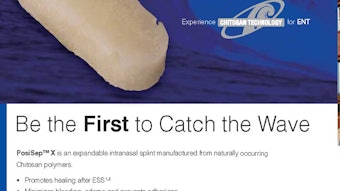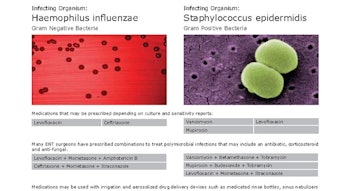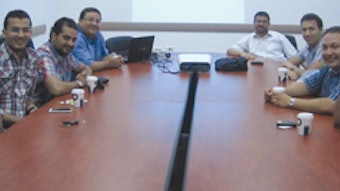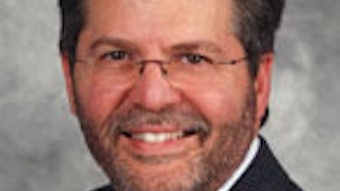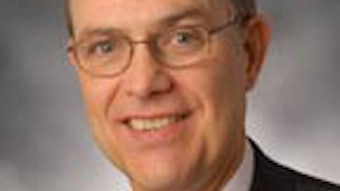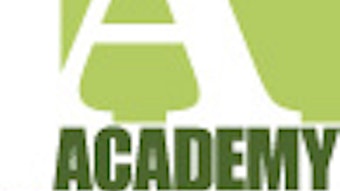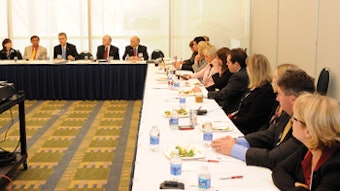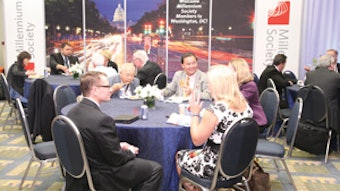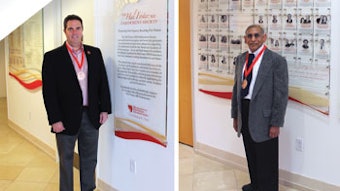Additional Founding Donors of Hal Foster, MD Endowment Explain Motivation for Support
In addition to those recognized in the Bulletin article, Hal Foster, MD Endowment—From Dream to Reality, the following is a collection of other Founding Donors and their reasons for supporting the Hal Foster, MD Endowment. Sukgi S. Choi, MD, and Charles F. Monk, Jr. “I have benefited from those who came before me and their investment in the Academy. It seems fitting I give back to help continue the Academy’s legacy and invest in its future.” Duane J. Taylor, MD “Encouraging diversity is imperative to our success. Programs that facilitate cultural competency, inclusion, and encourage exploration of our specialty make us stronger and more cohesive. The AAO-HNSF Diversity Endowment will provide a critical base of funding for diversity-focused programs. I feel very passionate about this effort and am excited that our Foundation has encouraged its development as a catalyst for change and growth.” Michael E. Glasscock, III, MD “When I was a resident in otolaryngology I appreciated the AAO-HNS’ commitment to further education. I really enjoyed the courses I took at the annual meeting and I learned a lot of important educational pearls that simply were not covered in my residency program. I found such value that I have attended nearly every Academy meeting since 1962. The Academy has played an important role in my private practice of otology and neurotology throughout my career.” Gavin Setzen, MD, and Karen Setzen “As a practicing otolaryngologist I believe that each of us has an obligation to recognize the formidable contributions made by the many inspiring leaders who developed our field into the preeminent specialty that it is today. Our responsibility is to continue this proud tradition and legacy of education, training, and advocacy (for patients and colleagues alike); thereby ensuring that this group of physicians remains ready to provide the best ENT care for generations to come. On a personal level, I have found that the Academy has been a vehicle for me to further develop as a physician, as a surgeon and on a personal level as well, and I greatly value this symbiotic relationship. This gift is also a tribute to my greatest teachers, my patients, from whom I learn so much about medicine and the complexities of life itself on a daily basis, and who humble me and foster in me greater humility and compassion, central to our healing mission.” J. Pablo Stolovitzky, MD, and Silvia P. Stolovitzky “Our Academy’s unconditional support to our education and advocacy should always be reciprocated by the tireless volunteerism and generous giving of its members. This synergy will enable the advancement of otolaryngology for generations to come.” Seilesh Babu, MD, and Abbey Crooks-Babu, MD “As a young physician practicing otology/neurotology, the opportunities the AAO-HNS/F has provided me for leadership development, education, and networking have been essential to my growth and advancement. Through the Hal Foster, MD Endowment Society I recognize the opportunity to support the AAO-HNS/F in its mission of attracting the best and the brightest to our specialty and to continuing vital programs for young physicians pursuing the specialty in the future.” Ron Cannon, MD, and Family “The role of the AAO-HNS in education, research, and advocacy is integral to the success of our specialty. It is an honor to be able to participate in the Hal Foster, MD Endowment Society, and do so in memory of my late wife, Sharon, who was always very supportive of my chosen profession.” Rebecca D. Golgert, MD “I support the AAO-HNS because (silly as it sounds) it supports me. The Academy provides continuing education, resources for my patients and is continually promoting and strengthening our field. There is so much value in our Academy. I can’t think of a better investment for the benefit of my business.”
In addition to those recognized in the Bulletin article, Hal Foster, MD Endowment—From Dream to Reality, the following is a collection of other Founding Donors and their reasons for supporting the Hal Foster, MD Endowment.
Sukgi S. Choi, MD, and Charles F. Monk, Jr.
“I have benefited from those who came before me and their investment in the Academy. It seems fitting I give back to help continue the Academy’s legacy and invest in its future.”
Duane J. Taylor, MD
“Encouraging diversity is imperative to our success. Programs that facilitate cultural competency, inclusion, and encourage exploration of our specialty make us stronger and more cohesive. The AAO-HNSF Diversity Endowment will provide a critical base of funding for diversity-focused programs. I feel very passionate about this effort and am excited that our Foundation has encouraged its development as a catalyst for change and growth.”
Michael E. Glasscock, III, MD
“When I was a resident in otolaryngology I appreciated the AAO-HNS’ commitment to further education. I really enjoyed the courses I took at the annual meeting and I learned a lot of important educational pearls that simply were not covered in my residency program. I found such value that I have attended nearly every Academy meeting since 1962. The Academy has played an important role in my private practice of otology and neurotology throughout my career.”
Gavin Setzen, MD, and Karen Setzen
“As a practicing otolaryngologist I believe that each of us has an obligation to recognize the formidable contributions made by the many inspiring leaders who developed our field into the preeminent specialty that it is today. Our responsibility is to continue this proud tradition and legacy of education, training, and advocacy (for patients and colleagues alike); thereby ensuring that this group of physicians remains ready to provide the best ENT care for generations to come. On a personal level, I have found that the Academy has been a vehicle for me to further develop as a physician, as a surgeon and on a personal level as well, and I greatly value this symbiotic relationship. This gift is also a tribute to my greatest teachers, my patients, from whom I learn so much about medicine and the complexities of life itself on a daily basis, and who humble me and foster in me greater humility and compassion, central to our healing mission.”
J. Pablo Stolovitzky, MD, and Silvia P. Stolovitzky
“Our Academy’s unconditional support to our education and advocacy should always be reciprocated by the tireless volunteerism and generous giving of its members. This synergy will enable the advancement of otolaryngology for generations to come.”
Seilesh Babu, MD, and Abbey Crooks-Babu, MD
“As a young physician practicing otology/neurotology, the opportunities the AAO-HNS/F has provided me for leadership development, education, and networking have been essential to my growth and advancement. Through the Hal Foster, MD Endowment Society I recognize the opportunity to support the AAO-HNS/F in its mission of attracting the best and the brightest to our specialty and to continuing vital programs for young physicians pursuing the specialty in the future.”
Ron Cannon, MD, and Family
“The role of the AAO-HNS in education, research, and advocacy is integral to the success of our specialty. It is an honor to be able to participate in the Hal Foster, MD Endowment Society, and do so in memory of my late wife, Sharon, who was always very supportive of my chosen profession.”
Rebecca D. Golgert, MD
“I support the AAO-HNS because (silly as it sounds) it supports me. The Academy provides continuing education, resources for my patients and is continually promoting and strengthening our field. There is so much value in our Academy. I can’t think of a better investment for the benefit of my business.”
